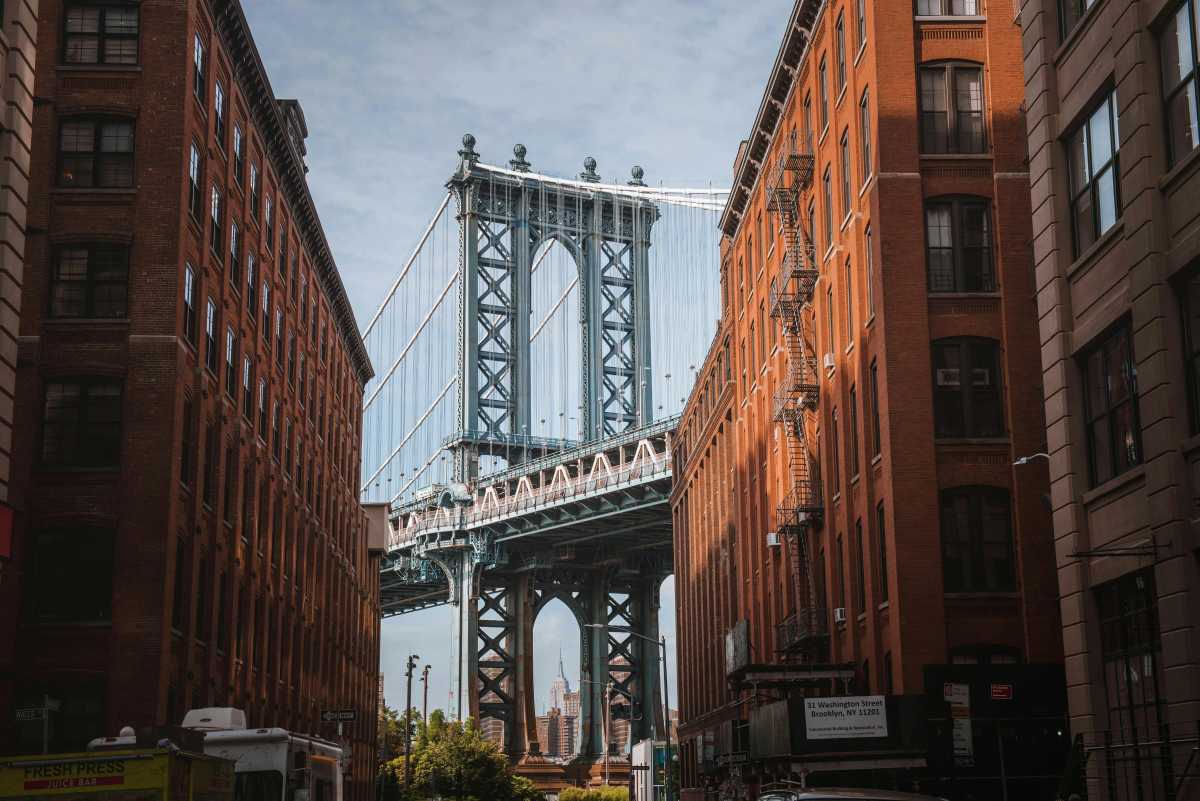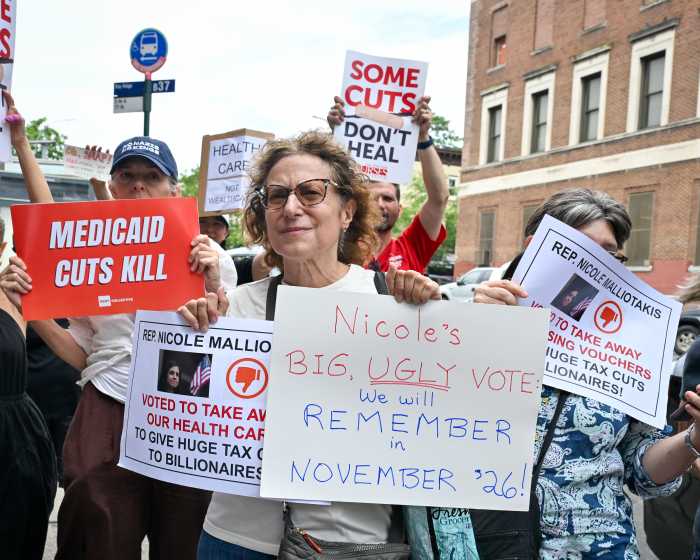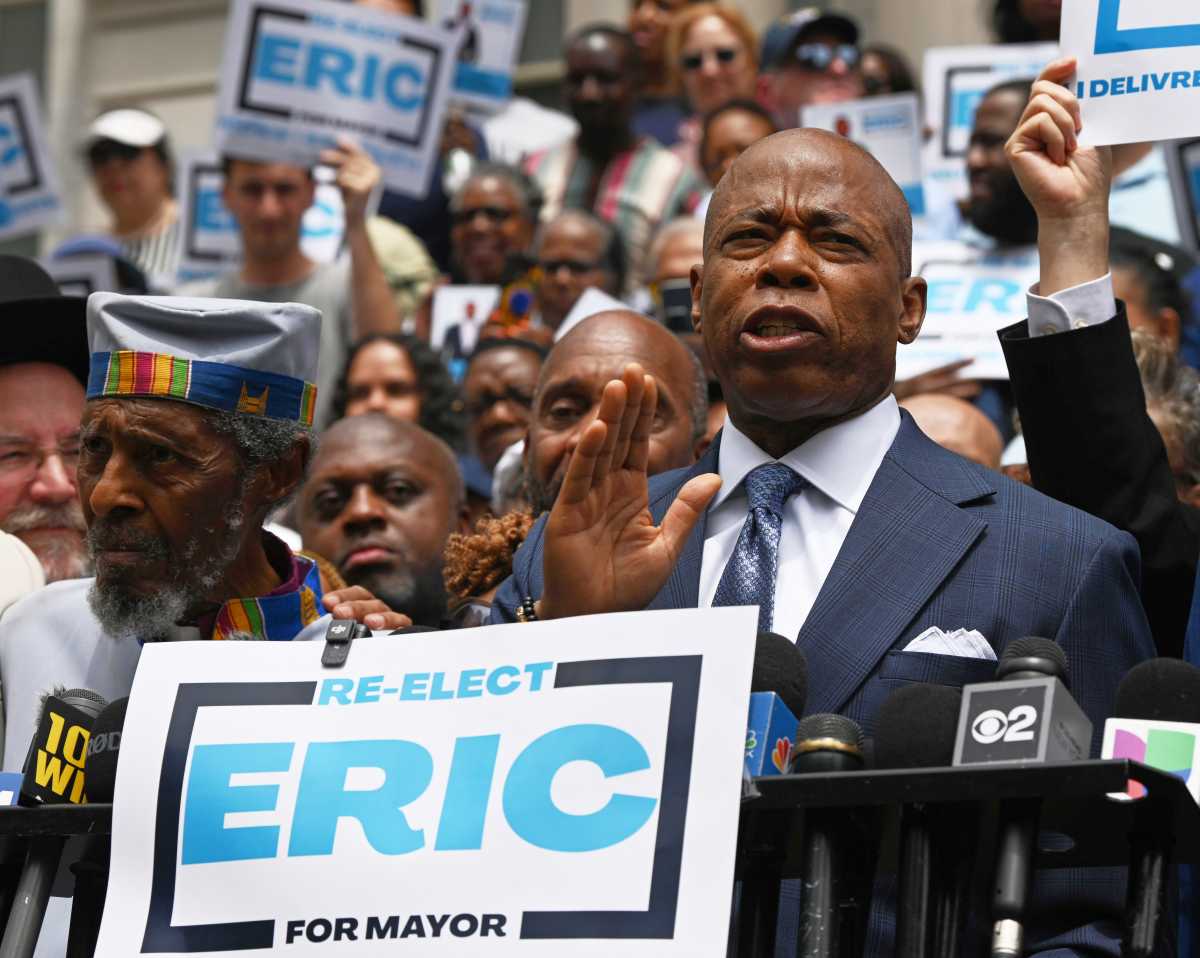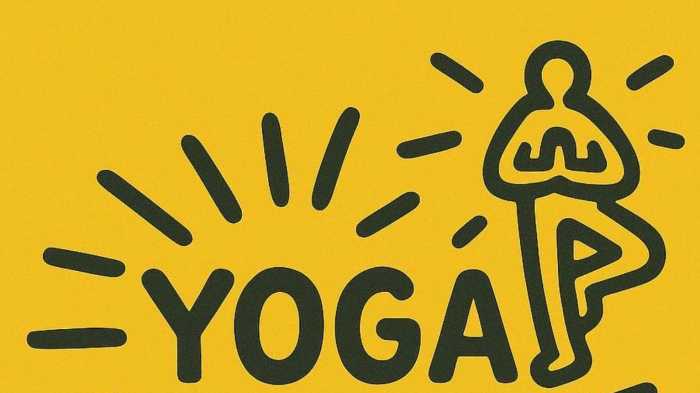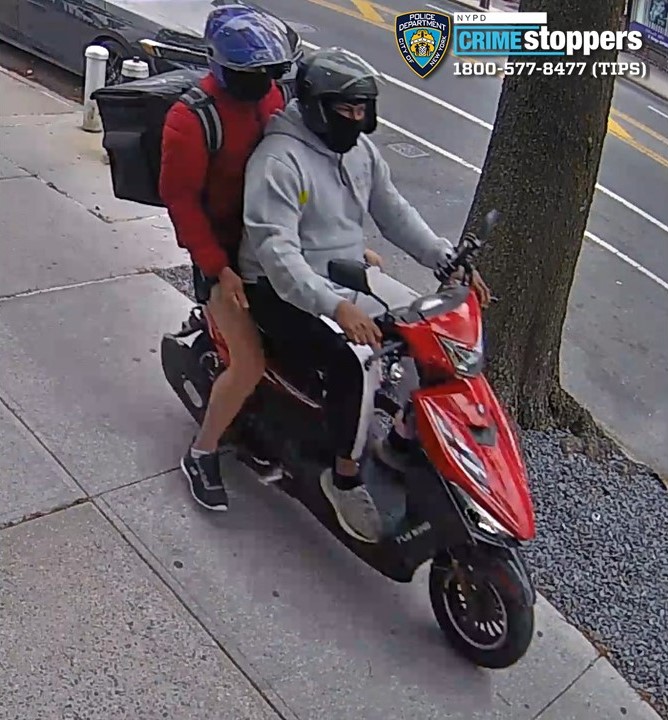While the city claims to be winning the war against homelessness, one borough lawmaker is saying that much more must be done, especially in a fiscally fragile time when living on the streets could be a very real possibility for thousands of cash-strapped Brooklynites.
As the city’s Department of Homeless Service (DOHS) Commissioner Robert V. Hess detailed what he saw as “significant progress” on Mayor Michael Bloomberg’s promise to reduce homelessness by two thirds by 2009, Park Slope City Councilmember Bill de Blasio, charged that all the city has done was pump more money into a failing plan that’s seen more homeless families in shelters now than when it was first proposed.
According to a report by the Independent Budget Office which de Blasio, commissioned spending on city shelters had increased by 19 percent.
Yet the number of families has shot up well above the 2004 level, when Bloomberg announced his five-year homelessness action plan entitled “United For Solutions Beyond Shelter.”
Instead of simply reacting to the city’s homeless problem, de Blasio charged that legislators could have staved off a portion of the crisis at its heart – back in housing court.
During a hearing of the City Council’s General Welfare committee, which de Blasio chairs, Hess said that the number of adults living in shelters have dropped by 22 percent since 2004.
The number of street homelessness has dropped by 25 percent, he said.
The DOHS tracks homelessness on a daily basis through their shelter census.
According to their daily report dated September 26 34,401 people – 19,851 adults, 14,550 children — were in the city’s shelter system throughout the five boroughs.
Yet the daily report doesn’t include homeless men and women who have opted against going into shelters – the ones who can be found in every part of a borough, from their little enclaves underneath the boardwalk in Coney Island and trains rumbling through Midwood and Flatbush to the steps of some churches in Park Slope and downtown Brooklyn.
Hess said that more than 850 homeless individuals have moved off the street since they’ve implemented their “Street to Home” program last fall.
DOHS outreach teams are working with 900 chronic street homeless individuals to put them into shelters or permanent housing, Hess added.
“Innovative approaches and transformation of past practices have led to a system reformed, and the ambitious census reduction goals set forth in the plan demand even more progress,” Hess said in a statement. “Eighty-six percent of the initiatives outlined in the plan are complete and we remain committed to doing whatever necessary to help as many people as possible in overcoming homelessness or preventing it in the first place.”
Yet de Blasio believes that the DOHS’s plan can be improved upon. At the General Welfare Committee hearing, the Brooklyn Borough President hopeful introduced a new five step plan he believed would “make progress toward achieving the Mayor’s goals of reducing homelessness for families and single adults in shelter.”
Focusing on preventing homelessness to begin with, de Blasio said it made more fiscal sense to provide more anti-eviction legal services for renters facing eviction in housing court than it would to house these troubled families once they’re left out on the streets.
According to some estimates, the city pays out $33,000 to shelter an average homeless family. But, according to legal service providers, providing anti-eviction legal services for renters costs only $1,785 per case.
“While it’s not possible to know whether every family that receives anti-eviction legal services would have otherwise entered a homeless shelter, we do know that many families would enter homeless shelters if not for the legal services they received,” de Blasio said. “Providing these services for 5,000 families would cost the City approximately $892,500. If this measure prevented even 20%, or 1,000, of these assisted families from entering shelter, the City could save a conservative estimate of over $32 million while helping 1,000 families remain in their homes.”
Other parts of his plan included earmarking 10 percent of Section 8 vouchers and New York City Housing Authority placements to homeless families living in shelters, revamping the DOHS rental assistance program, accelerate the construction of supportive housing for homeless people living with mental illness and other special needs, which won’t be completed until 2011 and stop referring homeless men and women to boarding houses that have been identified as unsafe or illegal.
“New York City has referred hundreds of homeless adults – including many living with mental illness – to at least 100 illegal boarding houses,” he said. “City inspectors have issued vacate orders to at least 11 illegal boarding houses due to health and fire safety risks – forcing the residents to return to shelters or the streets.”


